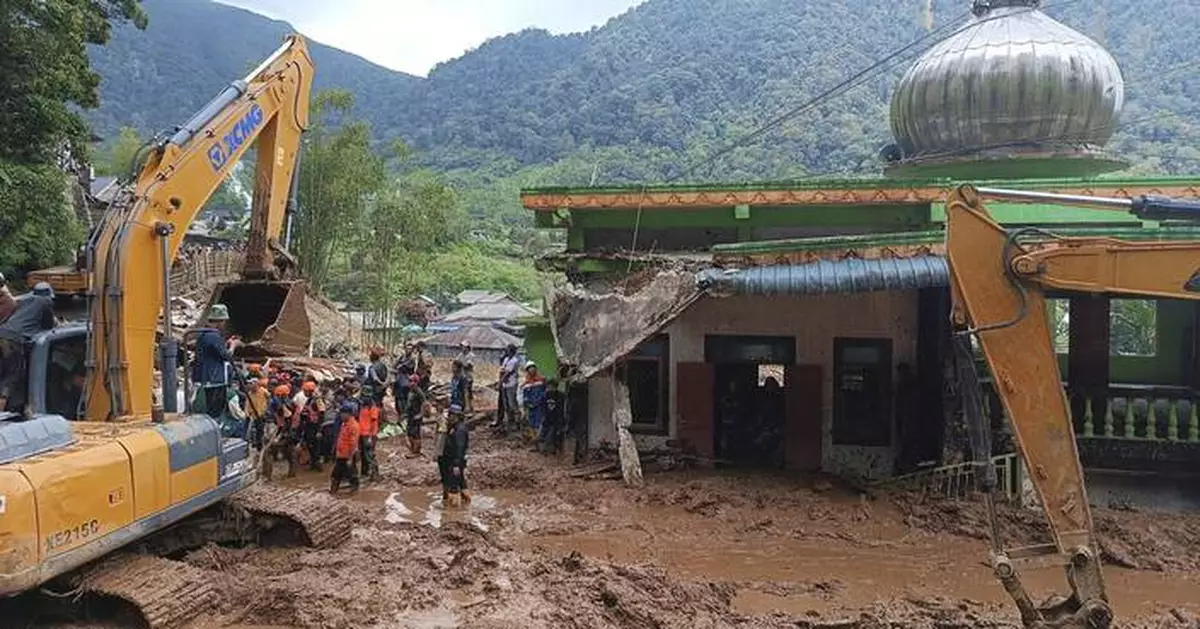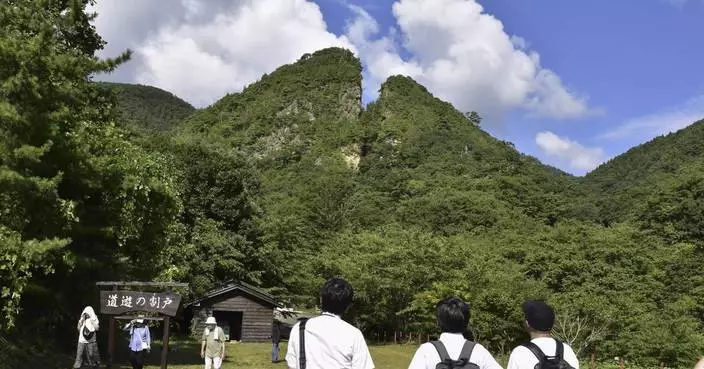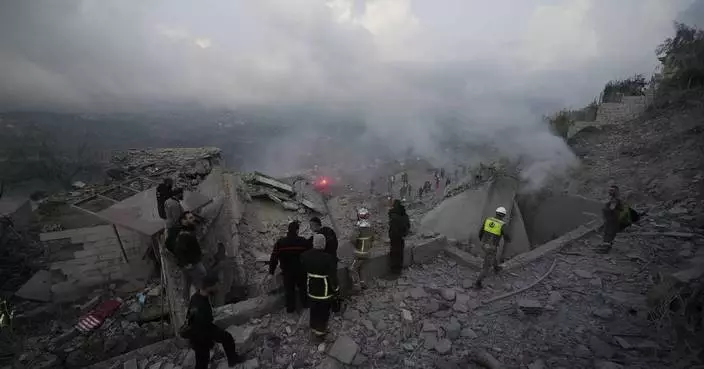KARO, Indonesia (AP) — Rescuers in Indonesia recovered 16 bodies under tons of mud and rocks or that were swept away in flash floods that hit mountainside villages on Sumatra Island, officials said Monday.
Six people are still missing, officials said.
Mud, rocks and trees tumbled down a mountain after torrential rains over the weekend and rivers burst their banks, tearing through four hilly districts in North Sumatra province, washing away houses and destroying farms.
Police, soldiers and rescue workers used excavators, farm equipment and their bare hands to sift through the rubble looking for the dead and missing in Semangat Gunung, a resort area in Karo district, said Juspri M. Nadeak, who heads the local disaster management agency.
Rescuers recovered six bodies after a landslide hit two houses and a cottage late Sunday, he said. Nine injured people managed to escape, he said. Rescuers on Monday were still searching for four missing people, including two children.
Rescuers on Sunday pulled two bodies from a river after flash floods swept away at least 10 houses and damaged about 150 houses and buildings in villages in South Tapanuli district, said Puput Mashuri, who heads the local disaster management agency.
Dozens of people were injured by the flash floods, which also destroyed more than 130 hectares (321 acres) of agricultural land and plantations.
Flash floods on Sunday left four people dead in Deli Serdang district and rescue workers on Monday were searching for two people who were swept away by flash floods and are still missing.
A landslide hit several houses in Harang Julu, a mountainside village in Padang Lawas district, said Mustari, the chief of the local search and rescue agency, who like many Indonesians goes by a single name.
Rescuers late Saturday pulled out the bodies of a four-member family, including two children, and rescued at least three injured people from the devastated village, he said.
Television reports showed relatives wailing as they watched rescuers pull mud-caked bodies from a room at a buried house in Harang Julu village.
Seasonal rain from about October to March frequently causes flooding and landslides in Indonesia, an archipelago of 17,000 islands where millions of people live in mountainous areas or near fertile flood plains.
Last December, 12 people were swept away to Lake Toba or buried under tons of mud after heavy rains triggered flash flood and landslide in mountainside villages in North Sumatra province. Only one of them was found dead and 11 others remain unaccounted for.
The 1,145-square-kilometer (440-square-mile) Lake Toba, formed out of an ancient super volcano, is a popular sightseeing destination on the island of Sumatra and an area the government aims to develop as a magnet for international tourists.
Associated Press writer Niniek Karmini in Jakarta, Indonesia, contributed to this report.
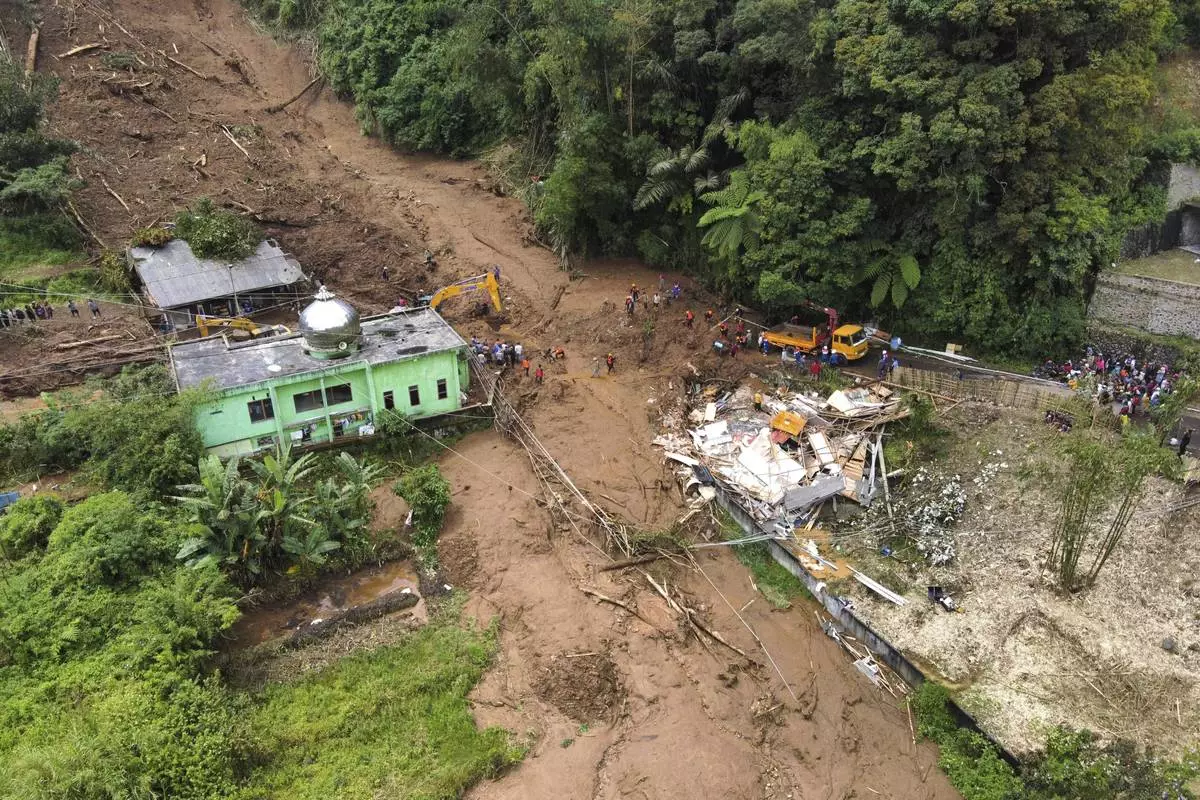
Rescuers search for victims after a landslide that killed a number of people and left some others missing in Karo, North Sumatra, Indonesia, Monday, Nov. 25, 2024. (AP Photo/Binsar Bakkara)

Rescuers search for missing people after a landslide that killed a number of people and left some others missing in Karo, North Sumatra, Indonesia, Monday, Nov. 25, 2024. (AP Photo/Binsar Bakkara)
SAN JUAN, Puerto Rico (AP) — Gangs in Haiti are recruiting children at unprecedented levels, with the number of minors targeted soaring by 70% in the past year, according to a report released Monday by UNICEF.
Currently, between 30% to 50% of all gang members in the violence-wracked country are children, according to the U.N.
“This is a very concerning trend,” said Geeta Narayan, UNICEF’s representative in Haiti.
The increase comes as poverty deepens and violence increases amid political instability, with gangs that control 85% of Port-au-Prince attacking once peaceful communities in a push to assume total control of the capital.
Young boys are often used as informers “because they’re invisible and not seen as a threat,” Narayan said in a phone interview from Haiti. Some are given weapons and forced to participate in attacks.
Girls, meanwhile, are forced to cook, clean and even used as so-called “wives” for gang members.
“They’re not doing this voluntarily,” Narayan said. “Even when they are armed with weapons, the child here is the victim.”
In a country where more than 60% of the population lives on less than $4 a day and hundreds of thousands of Haitians are starving or nearing starvation, recruiting children is often easy.
One minor who was in a gang said he was paid $33 every Saturday, while another said he was paid thousands of dollars in his first month in a gang operation, according to a U.N. Security Council report.
“Children and families are becoming increasingly desperate in some cases because of the extreme poverty,” Narayan said.
If children refuse to join a gang, gunmen often threaten them or their families or simply abduct them.
Gangs also prey on children who are separated from their families after they are deported from the Dominican Republic, which shares a border with Haiti on the island of Hispaniola.
“Those children are increasingly the ones targeted,” Narayan said.
Gangs aren’t the only threat as a vigilante movement that began last year to target suspected gang members gains momentum.
UNICEF said children “are often viewed with suspicion, and risk being branded as spies or even killed by vigilante movements. When they defect or refuse to join the violence, their lives and safety are immediately at risk.”
A video posted on social media last week after gangs attacked an area around an upscale community showed the body of a child lying next to an adult who also was slain. Police said that at least 28 suspected gang members were killed that day as residents armed with guns and machetes fought side-by-side with officers.
The gangs that recruit the most children are 5 Segond, Brooklyn, Kraze Barye, Grand Ravine and Terre Noire, according to the U.N. Security Council report.
Usually, new recruits are ordered to buy food and are given money to “buy friends” as gangs observe them. Then, they participate in confrontations and are promoted if they kill someone, for example. After two or three years in the gang, the recruit becomes part of the entourage if they prove they weren’t a spy, according to the report.
Recruitment is surging as many schools remain closed and children become increasingly vulnerable, with gang violence leaving more than 700,000 people homeless in recent years, including an estimated 365,000 minors. Many of them live in makeshift shelters where they’re preyed upon by gangs and face physical and sexual violence.
“Criminal groups in Haiti are subjecting girls and women to horrific sexual abuse,” stated a report published Monday by Human Rights Watch.
The report quoted a 14-year-old girl from the capital who said she was abducted and raped multiple times by different men for five days in a house with six other girls who also were raped and beaten.
Human Rights Watch noted that while fighting between armed groups has decreased this year, attacks on Haitians, police and critical infrastructure has increased.
“Criminal groups have often used sexual violence to instill fear in rival territories,” it said.
Gangs are targeting children as young as eight years old, and the longer they spend with an armed group, the harder it is to rescue them and reintegrate them into society, according to experts.
Violence is rewarded and encouraged, which Narayan said is extremely harmful to a child’s psychosocial development.
Children quit gangs in several ways: some leave willingly, others escape and sometimes nonprofits will find them and take them to centers where they receive medical care if needed as well as psychological help and other aid.
“There is a transition period,” Narayan said. ”It’s not all rosy. It does take time on all sides.”
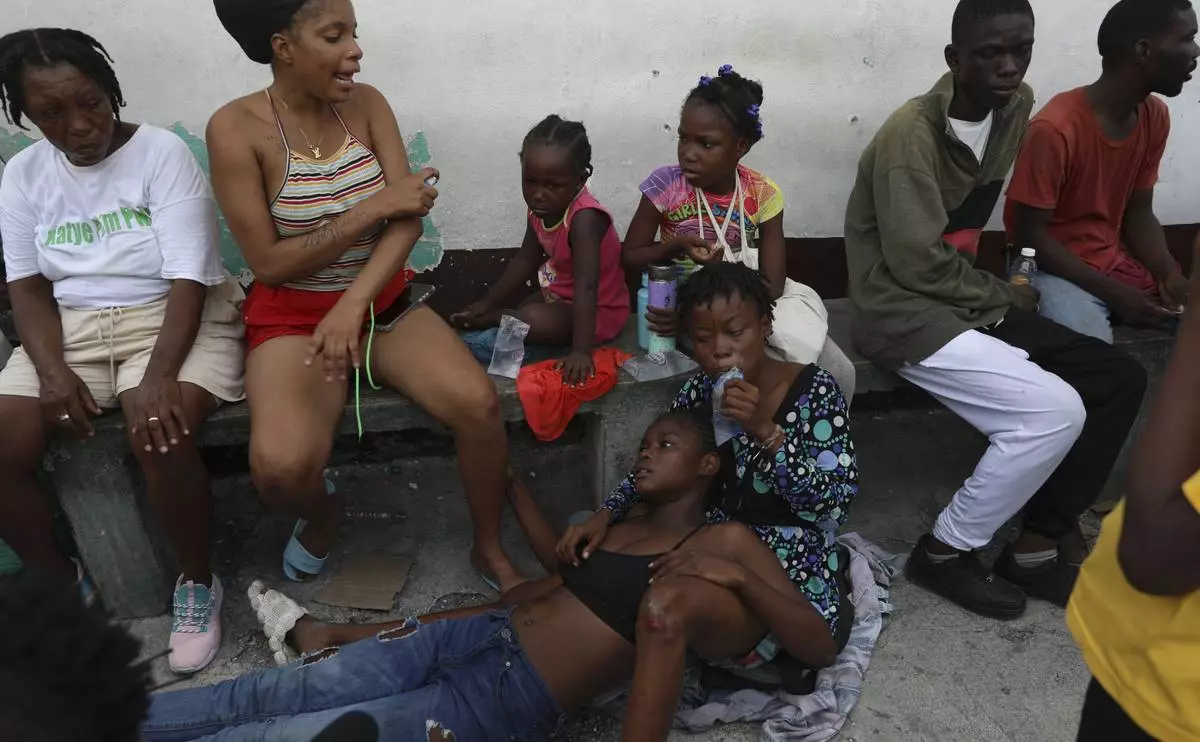
An asthmatic girl rests as she takes refuge in a private school serving as a shelter for residents fleeing gang violence in the Nazon neighborhood, in Port-au-Prince, Haiti, Thursday, Nov. 14, 2024. (AP Photo/Odelyn Joseph)
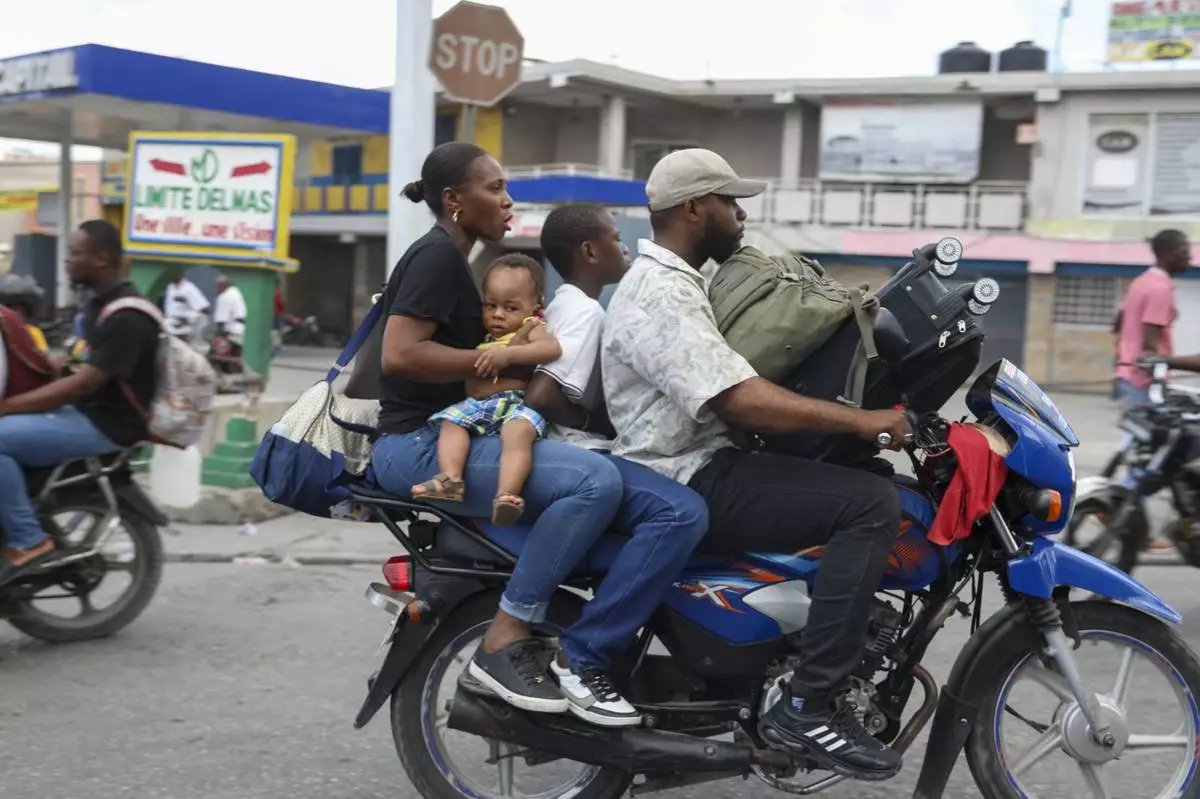
Residents flee their homes to escape gang violence in the Nazon neighborhood of Port-au-Prince, Haiti, Thursday, Nov. 14, 2024. (AP Photo/Odelyn Joseph)
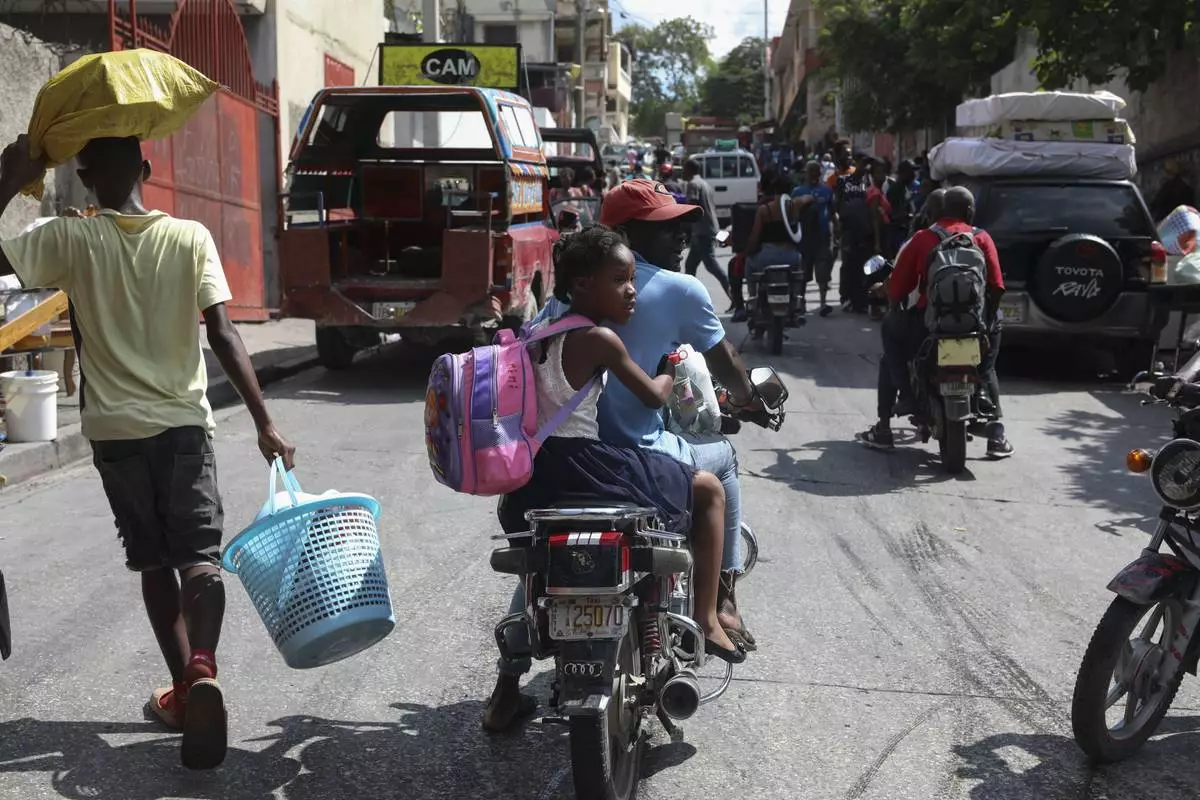
Residents flee their homes to escape gang violence in the Nazon neighborhood of Port-au-Prince, Haiti, Thursday, Nov. 14, 2024. (AP Photo/Odelyn Joseph)




